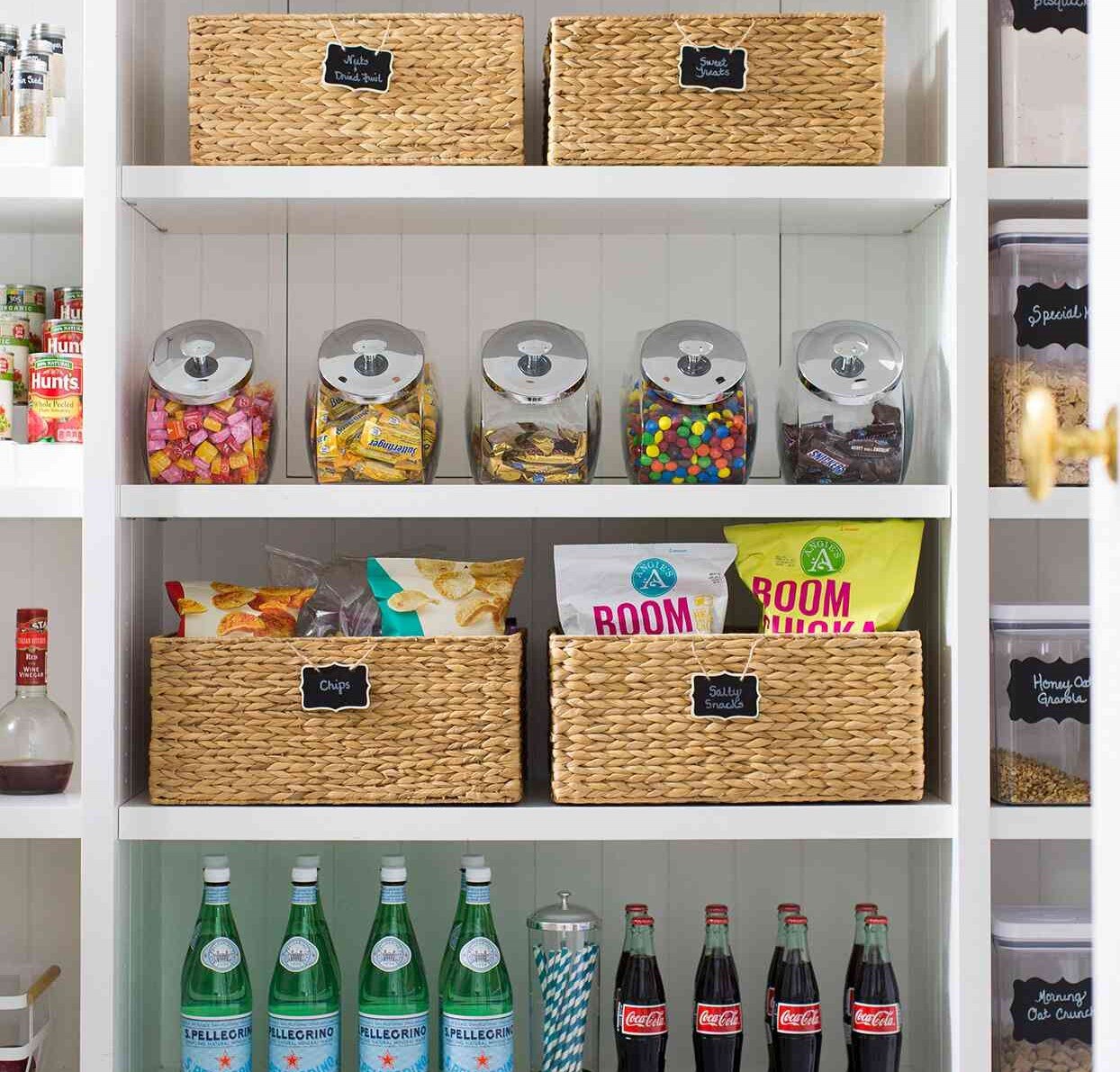

Articles
How To Store Chips In Pantry
Modified: January 19, 2024
Learn how to store articles and keep them fresh in your pantry. Find out the best methods for preserving your favorite chips and snacks.
(Many of the links in this article redirect to a specific reviewed product. Your purchase of these products through affiliate links helps to generate commission for Storables.com, at no extra cost. Learn more)
Introduction
Welcome to the wonderful world of chip storage! If you’re a lover of potato chips, tortilla chips, or any other type of crispy snack, you know how essential it is to keep them fresh and delicious for as long as possible. One key aspect of chip storage is knowing how to store them in your pantry properly.
In this article, we will guide you through the process of storing chips in your pantry to maintain their flavor, texture, and crunchiness. We’ll discuss the importance of choosing the right container, sealing the chips properly, managing temperature and humidity, and organizing your chip storage. So let’s dive in and ensure your pantry becomes the haven for perfectly stored chips!
Key Takeaways:
- Choose airtight containers or resealable bags to keep chips fresh and crunchy. Remove excess air, manage temperature, and organize your pantry for optimal chip storage.
- Label and group chip containers, regularly check for freshness, and avoid overstocking to maintain a well-organized and fresh chip collection in your pantry.
Read more: How To Store Chips In Kitchen
Step 1: Choosing the Right Container
The first step in storing chips in your pantry is selecting the right container. The container you choose should be airtight and able to effectively seal in the freshness of the chips while protecting them from moisture and air exposure.
When it comes to chip storage, there are a few container options to consider:
- Resealable Bags: Many chip brands come in resealable bags, which are designed to keep the chips fresh after opening. If you prefer the original packaging of the chips, make sure to seal the bag tightly after each use to prevent air and moisture from entering.
- Airtight Containers: Another option is to transfer your chips into airtight containers. Look for containers made of durable material, such as glass or plastic, with a secure lid that provides an airtight seal. This will help keep the chips protected from external elements.
- Mason Jars: If you want a more aesthetically pleasing storage option, consider using mason jars. These jars have airtight lids and are transparent, allowing you to see the contents inside. They work well for smaller chip portions and can easily fit on pantry shelves.
Remember, the key is to choose a container that will keep your chips fresh and prevent moisture and air from getting inside. This will help maintain the crunchiness and flavor of the chips.
Step 2: Sealing the Chips Properly
Once you have selected the right container for your chips, the next step is to ensure they are sealed properly. Proper sealing is essential in maintaining the freshness and quality of your chips.
Here are some tips for sealing your chips effectively:
- Remove Excess Air: Whether you’re using a resealable bag or an airtight container, it’s important to remove as much excess air as possible before sealing. Squeeze out any excess air from the bag or gently press down on the chips in the container, removing any trapped air pockets.
- Double-seal Resealable Bags: If you’re using resealable bags, consider double-sealing them for added security. After closing the bag tightly, fold over the top and seal it a second time. This will provide an extra barrier against air and moisture.
- Use Chip Clips or Clothespins: If you’re storing chips in their original bags, chip clips or clothespins can come in handy. Simply fold over the top of the bag and secure it with the clip or clothespin to create a tight seal.
- Check for Leaks: Before placing the sealed chips in the pantry, give the container or bag a gentle squeeze to ensure there are no leaks. This will help prevent any air or moisture infiltration that could compromise the quality of the chips.
By sealing your chips properly, you can extend their shelf life and preserve their crispiness. This will make every bite as enjoyable as the first!
Step 3: Managing Temperature and Humidity
Temperature and humidity are important factors to consider when it comes to chip storage. Proper management of these conditions can help prevent your chips from becoming stale or getting too soggy.
Here’s how you can manage temperature and humidity for optimal chip storage:
- Avoid Extreme Temperatures: It’s best to store chips in a cool, dry place away from direct sunlight and heat sources. Extreme temperatures can affect the texture and taste of the chips, causing them to become stale or rancid. Aim for a pantry temperature between 65°F (18°C) and 75°F (24°C).
- Control Humidity: High humidity can lead to moisture buildup, which can make chips lose their crispiness. Make sure your pantry has proper ventilation and is not excessively humid. If you live in a particularly humid climate, you may want to consider using a dehumidifier in your pantry.
- Avoid Refrigeration: While it may seem tempting to refrigerate your chips to prolong their shelf life, it’s generally not recommended. The cold temperature and moisture in the refrigerator can make the chips go stale and absorb odors from other food items.
By maintaining a stable and moderate temperature, as well as controlling humidity levels, you can preserve the freshness and flavor of your chips for a longer period.
Store chips in airtight containers to keep them fresh and prevent them from going stale. Make sure to seal the containers properly to maintain their crispness.
Step 4: Storing Chips in the Pantry
Now that you have prepared your chips and managed the temperature and humidity, it’s time to store them in your pantry in an organized and convenient way. Proper storage in the pantry ensures easy access to your favorite snacks while keeping them fresh and delicious.
Consider these tips when storing chips in your pantry:
- Pantry Placement: Find a designated spot in your pantry for your chip storage. Choose a shelf or area that is easily accessible and away from potential spills or other food items that could potentially crush the chips.
- Store Vertically: Whenever possible, store your chip containers or bags in an upright position. Stacking them horizontally can lead to more crushing and potential damage to the chips.
- Arrange by Type or Brand: To maintain an orderly pantry, consider organizing your chips by type or brand. This not only makes it easier for you to locate your desired snacks but also helps maintain an organized and visually pleasing pantry.
- Rotate Stock: Practice “first in, first out” (FIFO) when it comes to chip storage. Place newer purchases behind older ones to ensure that the oldest chips are used first and to prevent them from sitting for too long and becoming stale.
By following these simple steps, you can ensure that your pantry becomes an ideal storage space for your chips, keeping them fresh and ready to enjoy whenever you have a snack craving!
Read more: How To Store Chips
Step 5: Organizing and Maintaining Chip Storage
Organizing and maintaining chip storage is crucial for both convenience and ensuring the longevity of your chips. By implementing a few simple strategies, you can keep your chip collection neatly organized and your snacks in premium condition.
Consider the following tips for organizing and maintaining chip storage:
- Label Your Containers: If you opt to transfer your chips into different containers, labeling them can help you easily identify the contents. Use stickers or adhesive labels to mark the container with the type of chips inside.
- Group Similar Snacks Together: To maintain an organized pantry and make it easy to find specific chip flavors or types, group similar snacks together. For example, designate a section for potato chips, another for tortilla chips, and so on.
- Regularly Check for Freshness: Periodically check the expiration dates or best-by dates of your chip packages. Remove any expired or stale chips from your pantry to make space for fresh ones. This helps ensure that you’re always enjoying chips at their peak flavor.
- Avoid Overstocking: While it’s tempting to stock up on your favorite chips, try not to overdo it. Overstocking can lead to bags being opened but not finished, which exposes the remaining chips to air and compromises their freshness.
- Keep the Pantry Clean: Regularly clean your pantry to prevent the buildup of dust, crumbs, or any potential contaminants. Wipe down shelves and containers, and ensure that the area where the chips are stored remains clean and free from any odors.
By organizing your chip storage and maintaining a clean and well-maintained pantry, you can enjoy fresh and delicious chips for a longer period of time.
Conclusion
Properly storing chips in your pantry is essential for preserving their flavor, texture, and overall quality. By following the steps outlined in this article, you can ensure that your chip collection remains fresh, crunchy, and ready to enjoy whenever snack cravings strike.
Remember to choose the right container for chip storage, seal them properly to keep air and moisture out, and manage temperature and humidity levels in your pantry. By organizing your chip storage and maintaining a clean and well-kept pantry, you can maximize the shelf life of your favorite snacks.
So, keep these tips in mind and transform your pantry into a chip-lover’s paradise. Indulge in the crispy goodness of perfectly stored chips, impressing your family and friends with both your organizational skills and your ability to keep chips at their prime.
Happy snacking!
Frequently Asked Questions about How To Store Chips In Pantry
Was this page helpful?
At Storables.com, we guarantee accurate and reliable information. Our content, validated by Expert Board Contributors, is crafted following stringent Editorial Policies. We're committed to providing you with well-researched, expert-backed insights for all your informational needs.
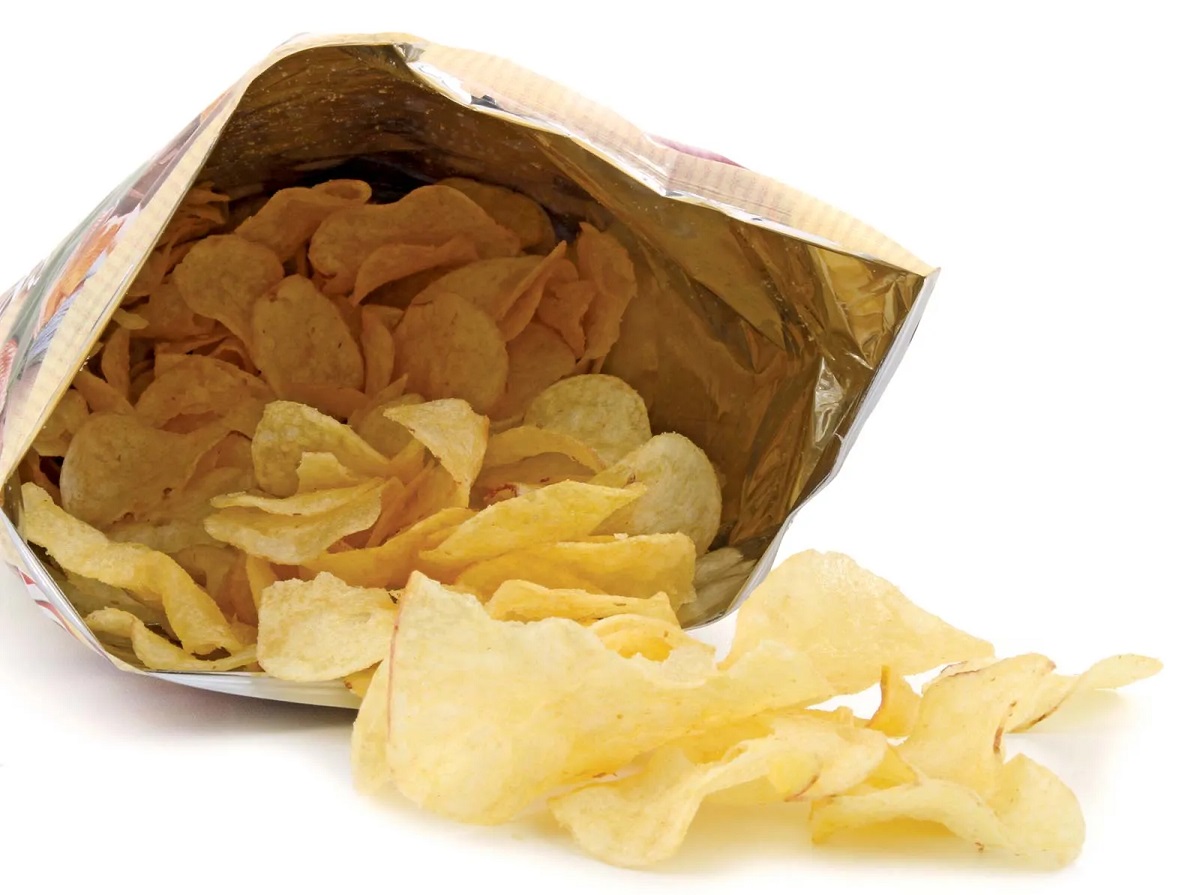
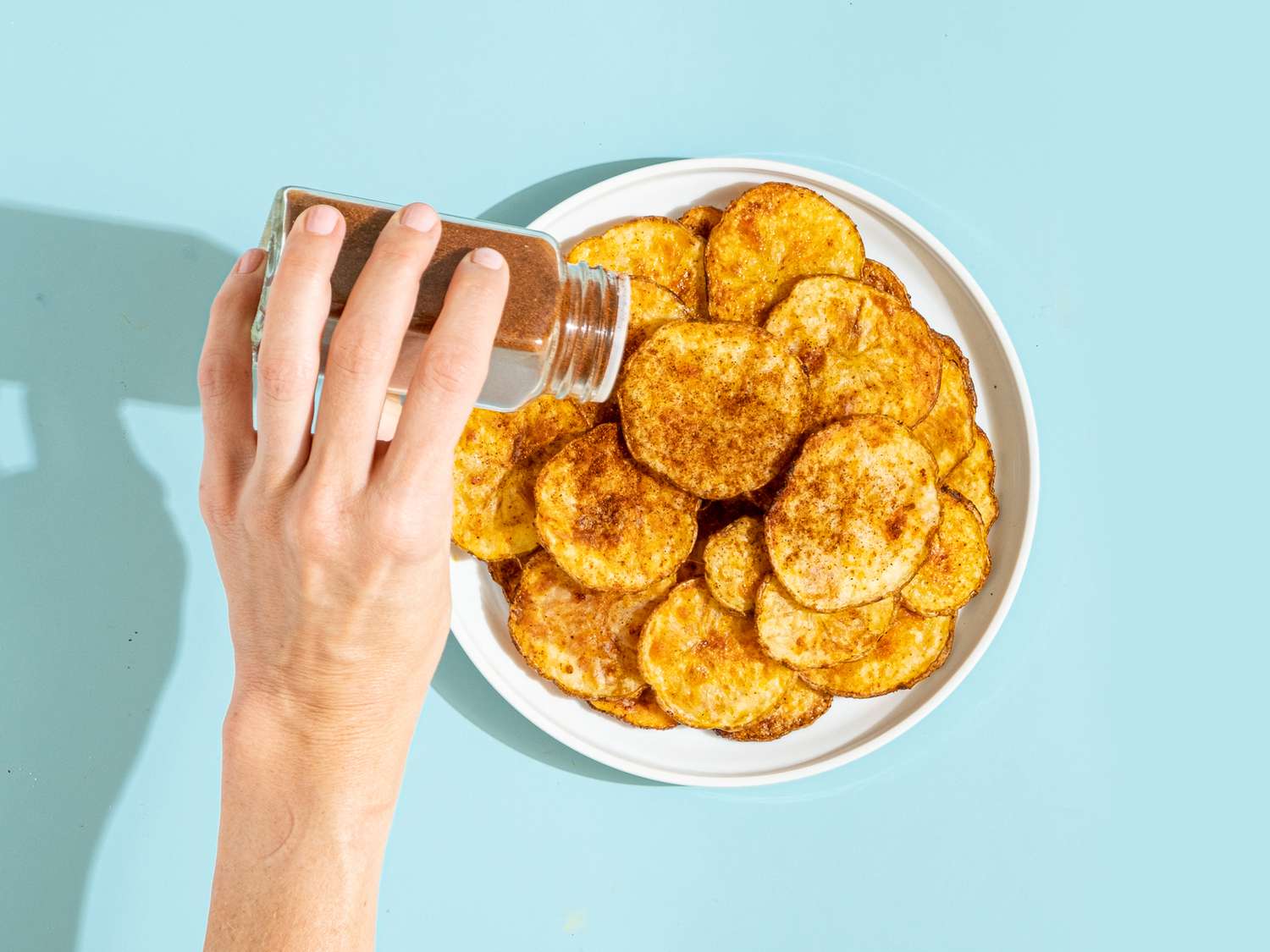
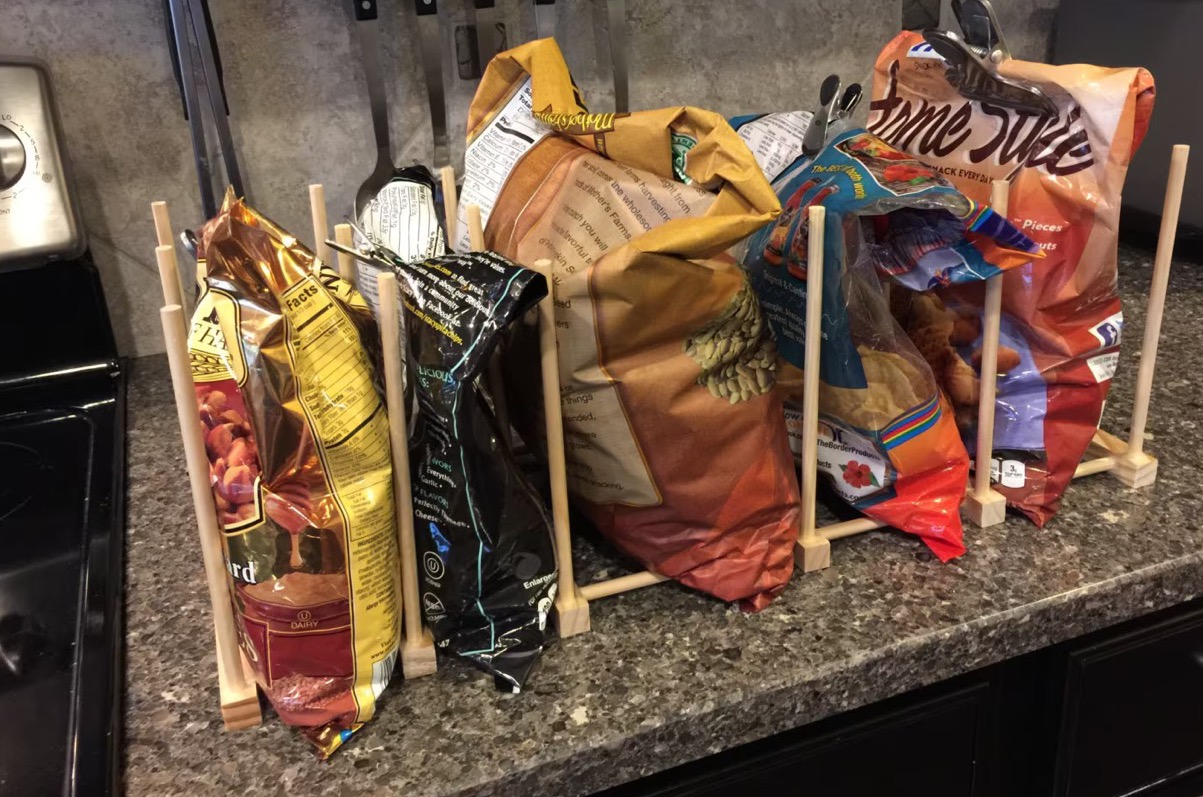
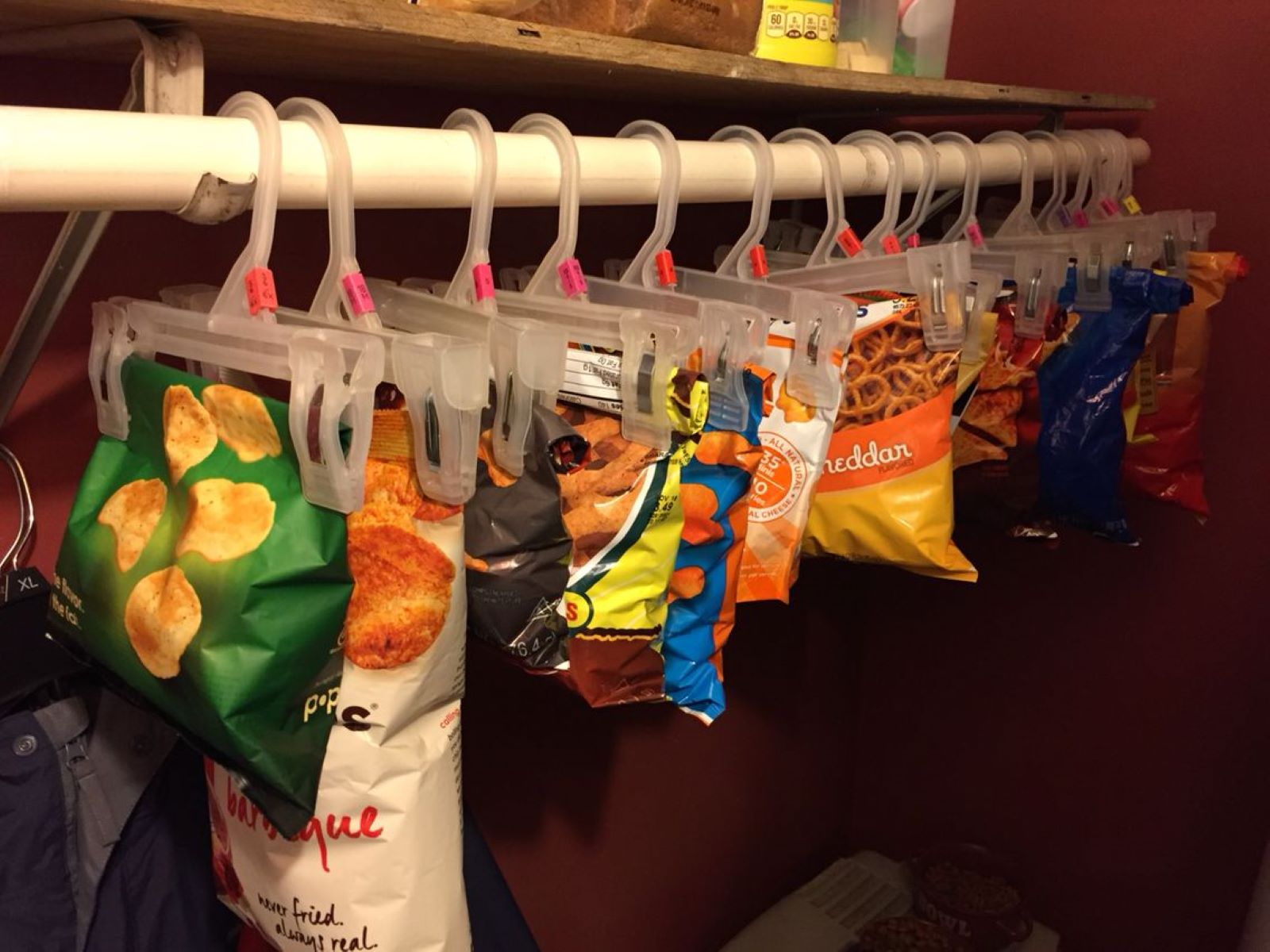
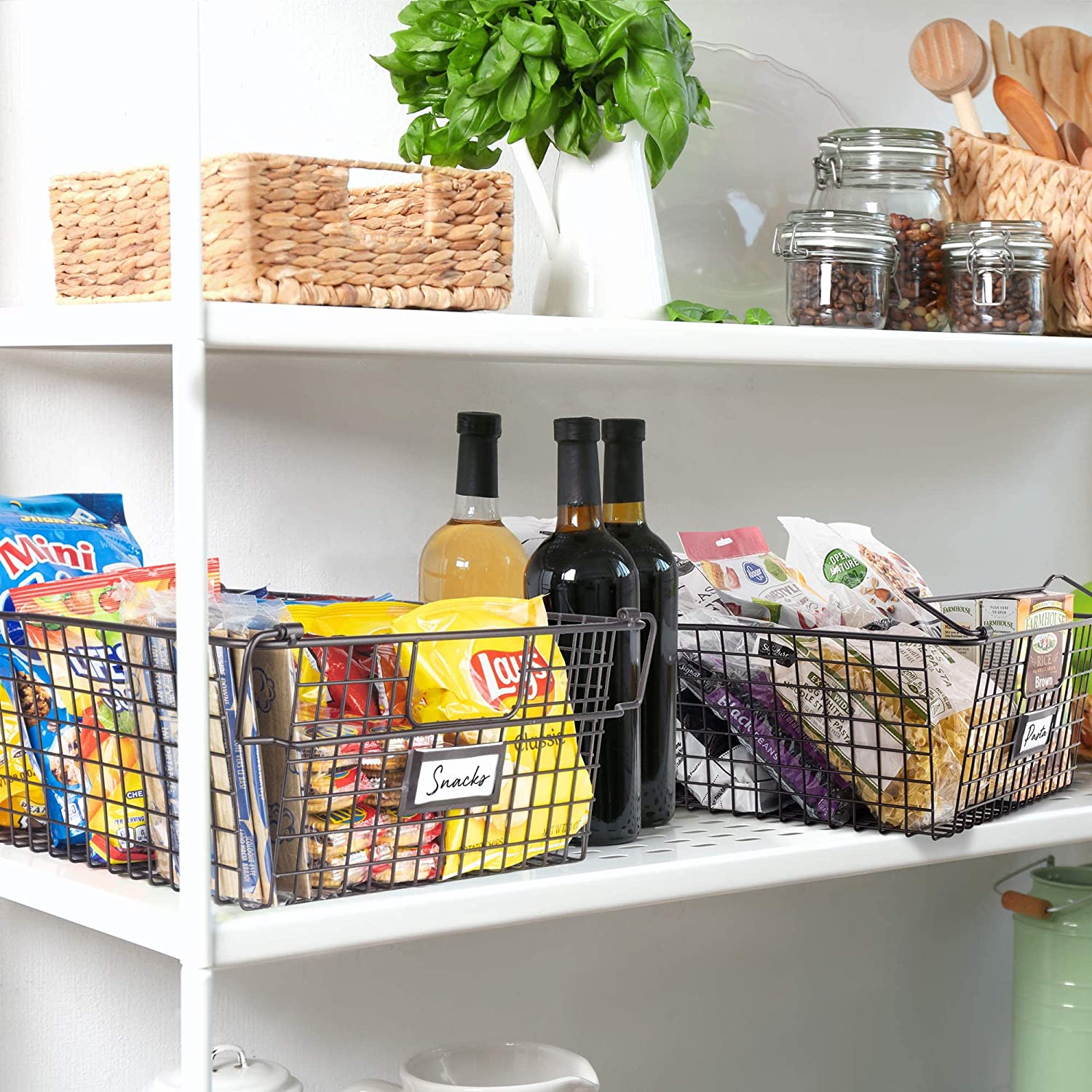
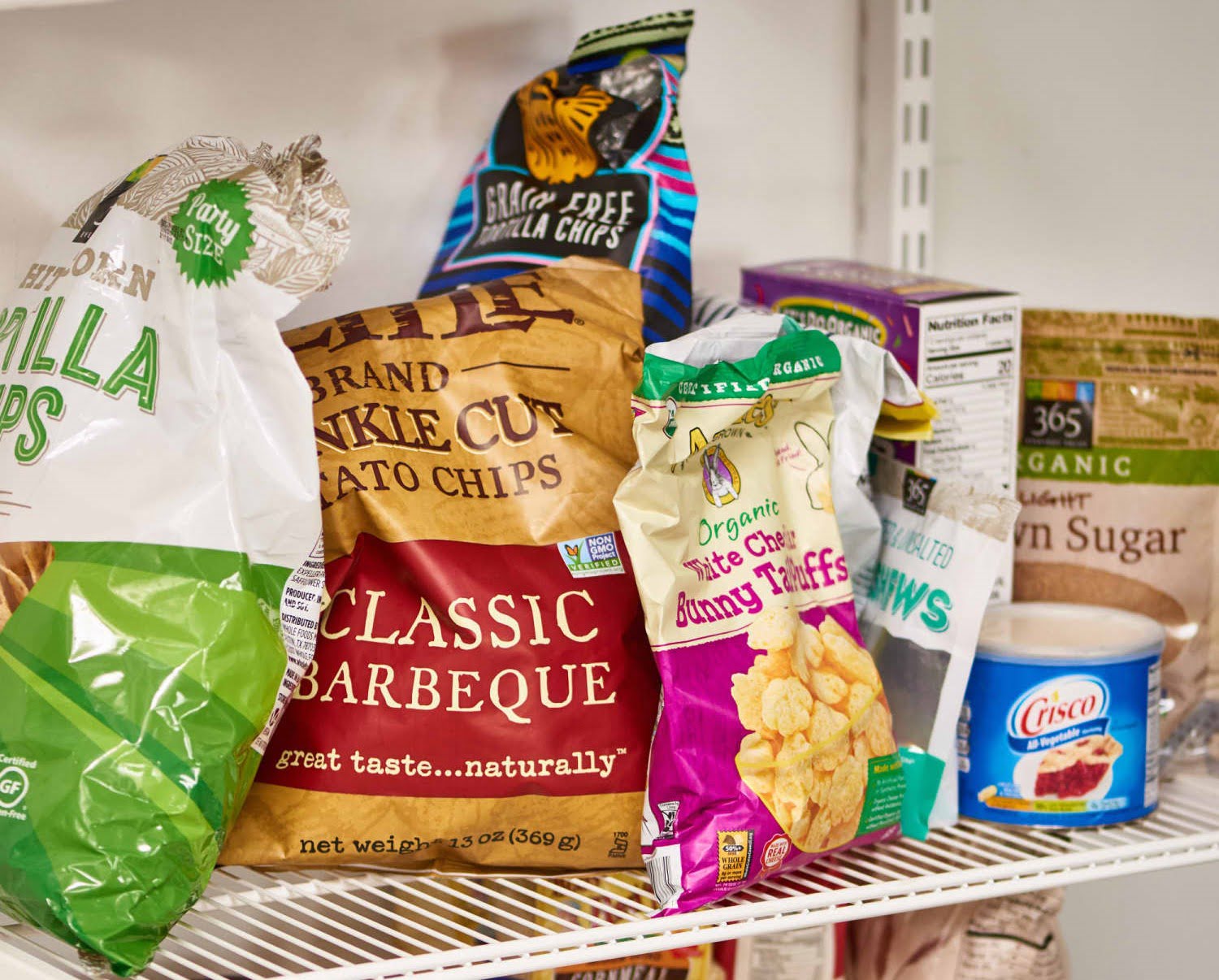
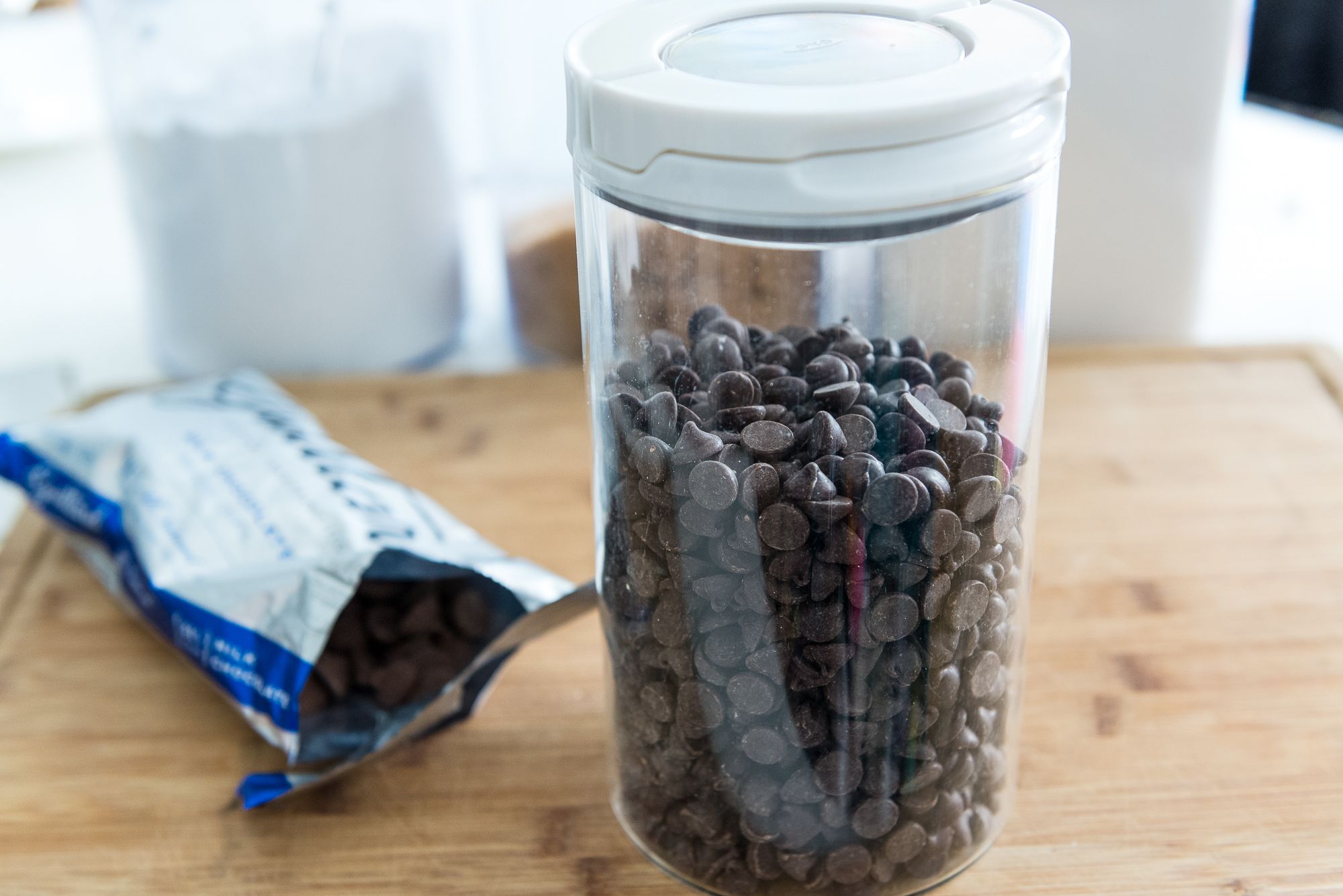
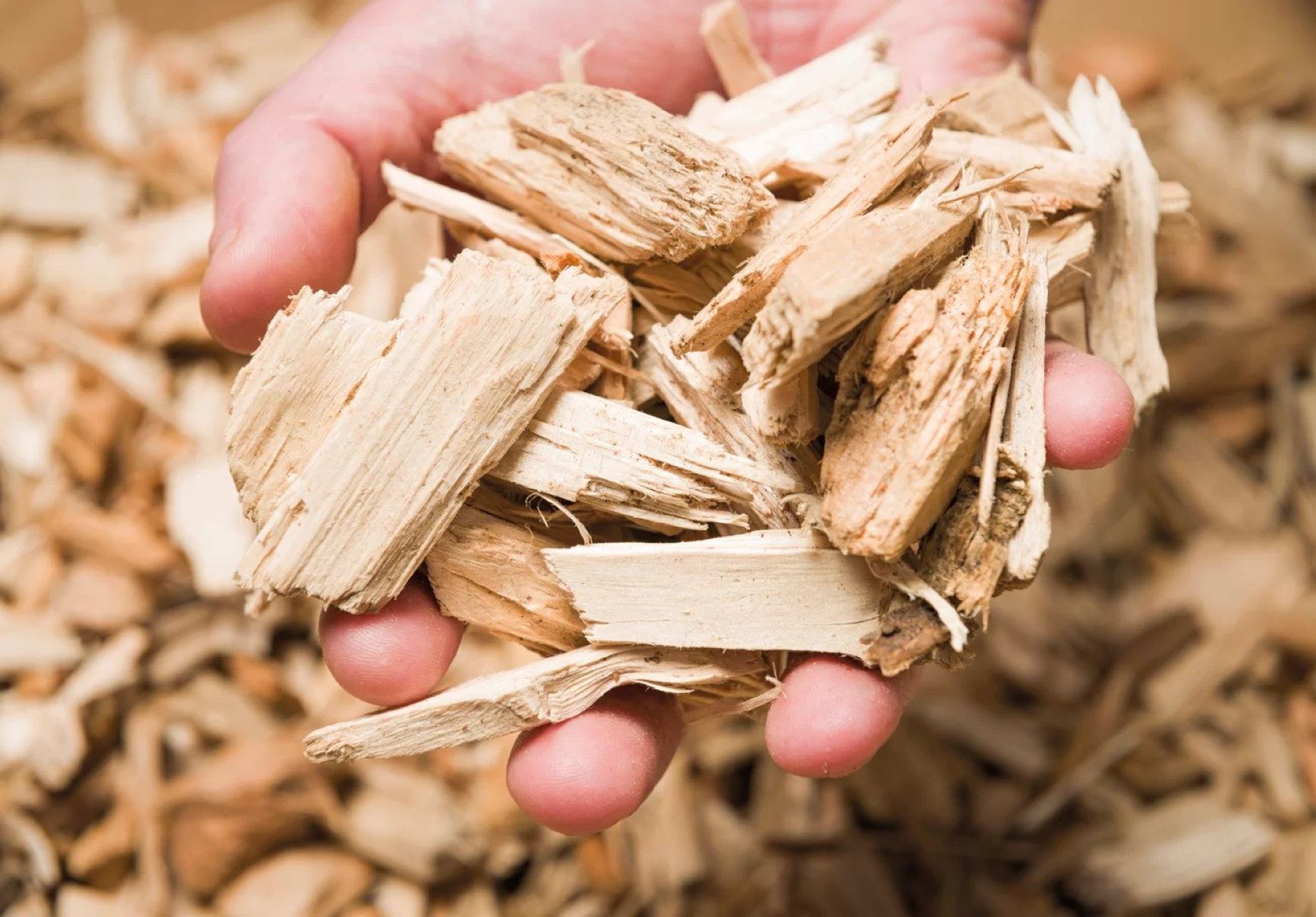
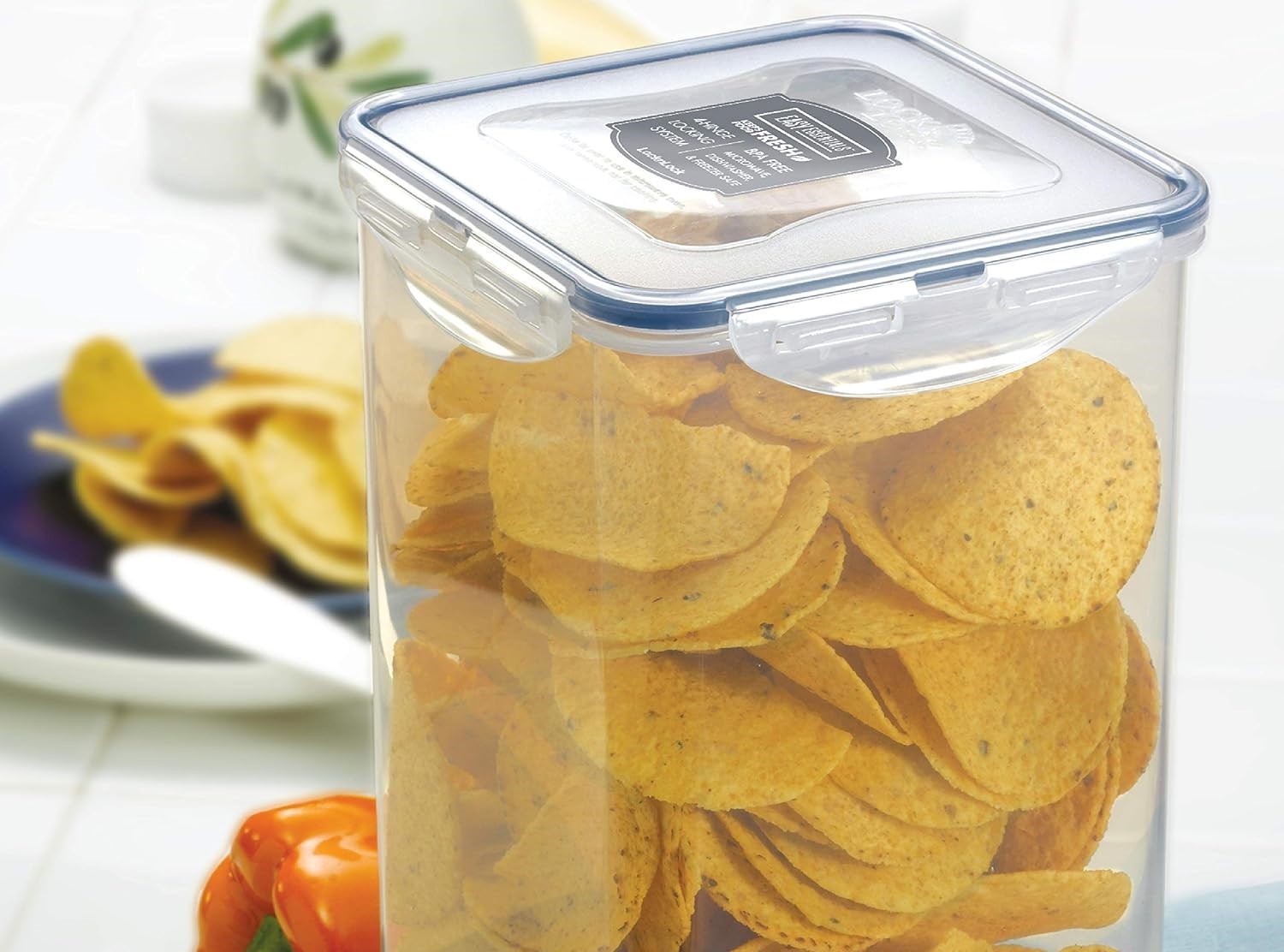

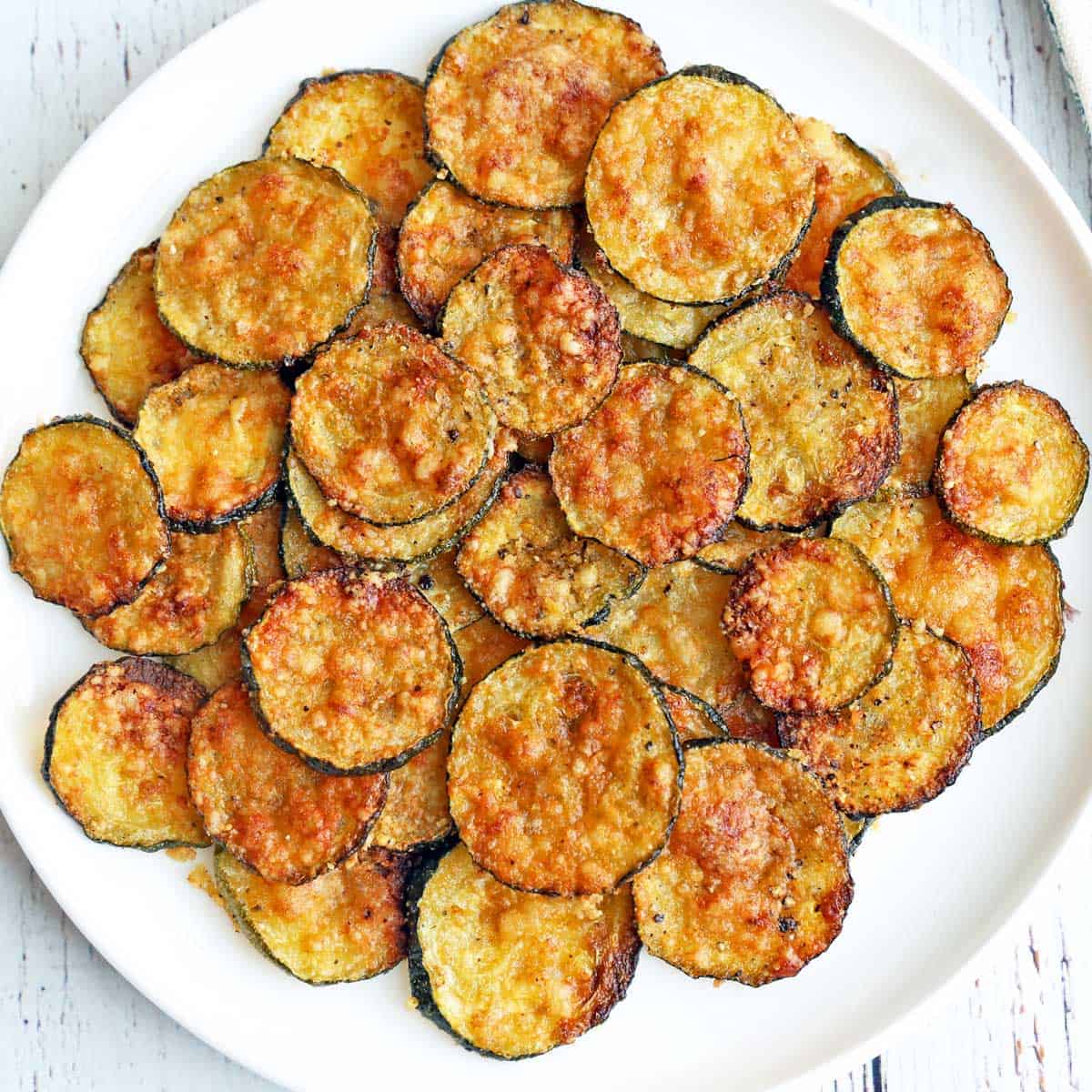
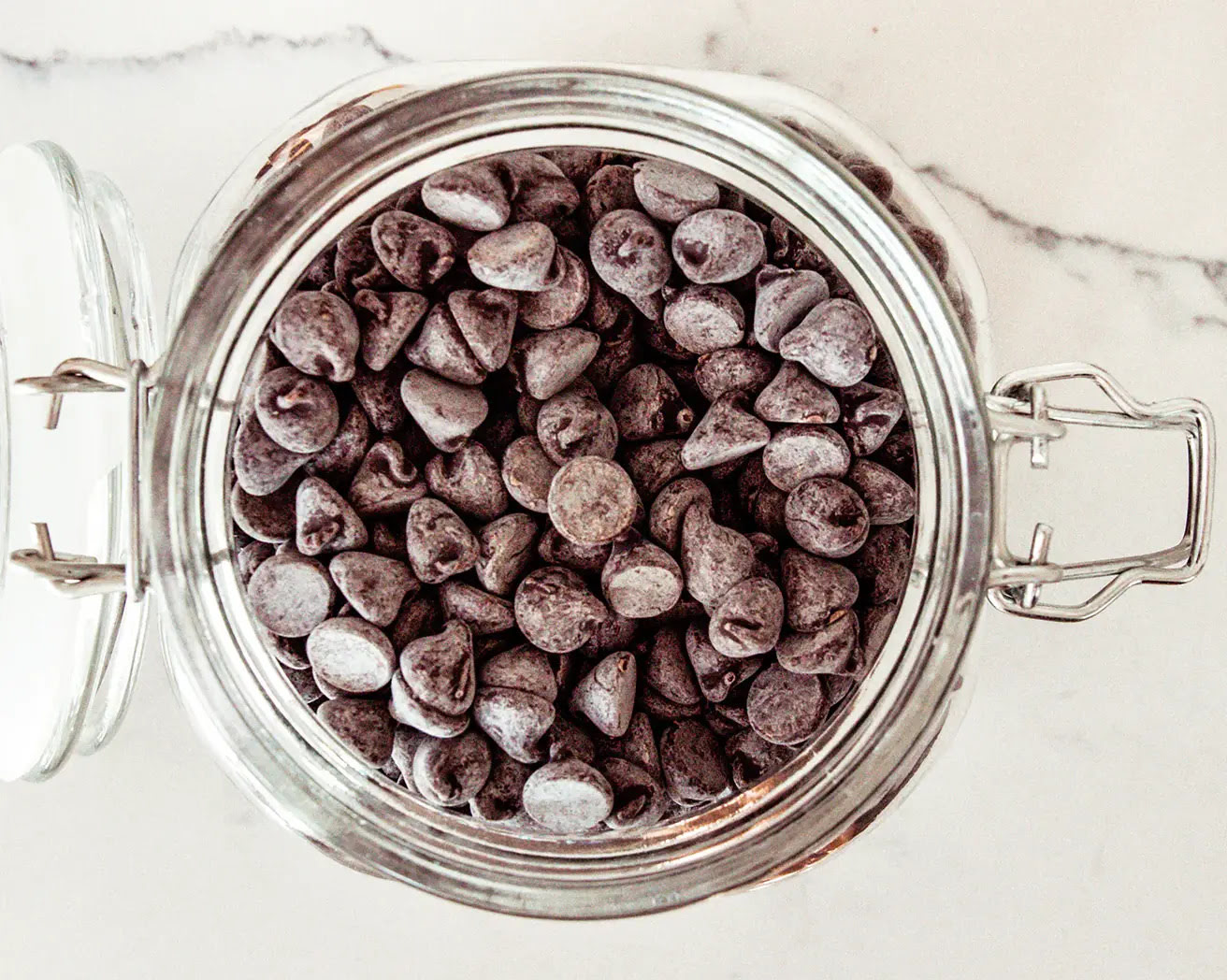



0 thoughts on “How To Store Chips In Pantry”